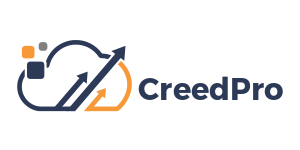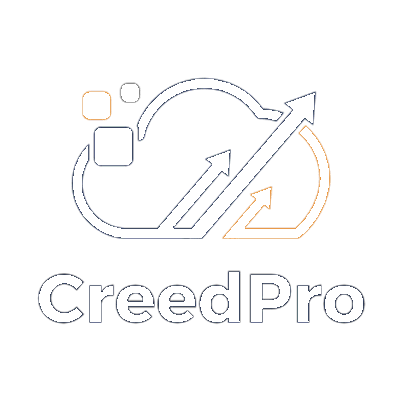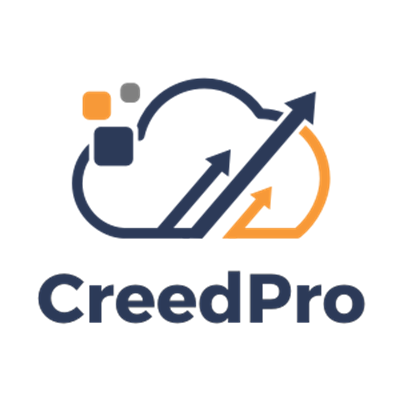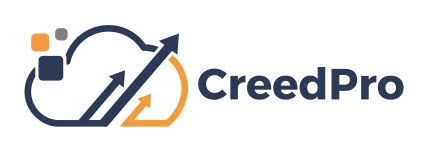10 Apr REAL WORLD BLOCKCHAIN PROJECTS: PLATFORMS MOST COMMONLY USED IN POCs
Our partner team has over 75 years of direct technology and financial experience, strategic business planning and development. We chuckle that being involved in blockchain is like living in two parallel universes. The legacy world filled with vendor-hype and commercial interest striving for innovation and the other world of enterprise business and tech professionals that are actually involved in blockchain initiatives and POCs.
As we continue to help the enterprises with real-world blockchain projects we recognize the platforms (see below) used most often in POCs. In the future we expect to see other players to enter this market.
- Ethereum. Smart Contracting Cross-Industry Platform
Very popular ERC-20 platform founded by Vitalk Buterin, Ethereum is one of the most mature blockchain platforms available today. Known for its robust smart contracting functionality and flexibility, it is used widely across multiple industry use-cases. It has the largest number of use-cases available today. Most ICOs today use Ethereum to conduct their business. Examples of some of the most popular ERC-20 ICOs:
* NEO
* Veritasium
* Populous
* Pillar
* OMG
The Ethereum Enterprise Alliance (EEA), a non-profit organization, is now over 250+ members strong and connects Fortune 500 enterprises, startups, governments, academics, and technology vendors with Ethereum subject matter experts. Despite its widespread adoption in enterprise use-cases.
- Quorum. Enterprise-focused Version of Etheruem
J.P. Morgan product leveraging Ethereum since 2015. It is designed to handle use-cases requiring high-speed and high-throughput processing of private transactions with a permissioned group of participants. It does not use the Proof of Work (PoW) consensus algorithm but uses vote-based and other algorithms enabling it to process hundreds of transactions per second, depending on how smart contracts and networks are configured. Quorum is designed to develop and evolve alongside Ethereum.
- Ripple. Enterprise Blockchain Solution for Global Payments
Ripple was founded in 2012 and was renamed from Opencoin in 2015. It aims to connect banks, payment providers, digital asset exchanges and corporations through RippleNet. It offers low global transaction fees without any chargebacks. It enables global payments through its digital asset called “Ripples or XRP” that has become one of the most popular cryptocurrencies just behind Bitcoin and Ether. Ripple has 100+ customers with 75+ clients in various stages of commercial deployment across three primary use cases namely: cross-border payments (xCurrent), lowering liquidity costs (xRapid), and sending payments across various networks (xVia). If an organization has to make payments to 6 or 7 countries most POCs are proving it is better to hold XRP rather than currencies from those 6 or 7 countries.
- Hyperledger Fabric. B2B-focused Modular Blockchain Platform
Hyperledger by Linux Foundation, and launched in 2016, is an open-source collaborative effort to advance cross-industry blockchain technologies. One of its key goals is to create enterprise-grade distributed ledger frameworks and codebases. Hyperledger has over 185 participating enterprises across finance, banking, IoT, supply chain, manufacturing and technology. Hyperledger Fabric is one of the 8 ongoing Hyperledger projects that was initially contributed by IBM and Digital Asset. It is the most popular blockchain framework for enterprise solutions because of its modular architecture, allowing plug-and-play components around consensus and membership services. Hyperledger Sawtooth and IROHA are picking up momentum in the enterprise space as well.
- R3 Corda. New Operating System for Financial Services
Launched in 2015, R3 is a distributed ledger platform that is the outcome of over two years of intense research and involves over 80 participating financial institutions. Other use cases are emerging in the areas of supply chain, healthcare, trade, finance, and government. The platform’s strength comes from an ecosystem of partners, support providers, systems integrators and various other participants. There is no built-in token or cryptocurrency for Corda and it is a permissioned blockchain. It blocks access to data within an agreement to only those explicitly entitled to it rather than the entire network. It is also known for its focus on interoperability ease of integration with legacy systems.
The blockchain world moves at an amazingly fast pace of innovation. With emerging new platforms, additional new features and new releases, ambitious enterprises are eager to get ahead of the curve with its disruptive potential.
Today, enterprise adopters face challenges with a lack of standards and inter-operability issues, especially as they move down the upgrade path from pilots and POCs to real production-grade environments. The development of the blockchain ecosystem is not dissimilar to the internet for permissionless networks and cloud for permissioned ones, where blockchain is almost akin to TCP/IP as the architectural technology.
We will continue to update the progress of new projects and where they are successful in rolling out to full production-grade environments.



